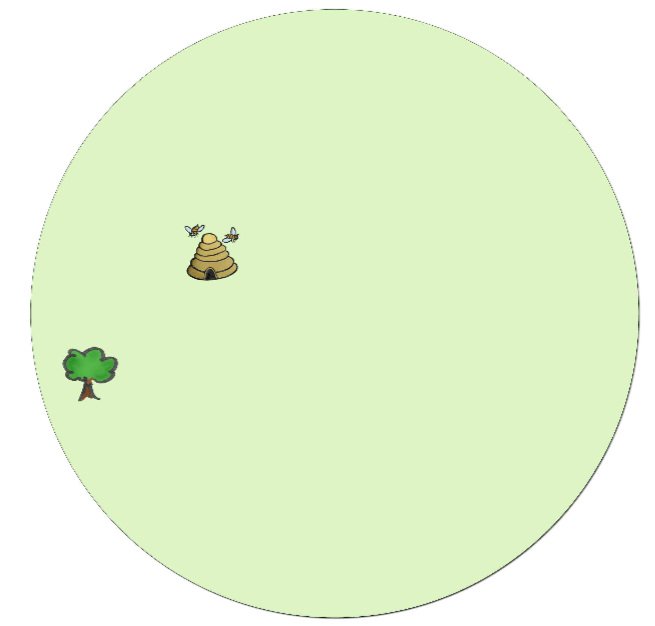Library of Shepard and Metzler-type Mental Rotation Stimuli
This library contains 16 different figures. Each, consistent with Shepard and Metzler’s approach, is composed of 10 cubes. Each figure is rendered in 5 degree steps of rotation from the basic orientation, from 0 to 360 degrees.
Diagrammatic Representations Test (DRT)
Children are shown photographs of geometric objects and asked to choose the corresponding line drawing from among set of four, or vice versa.
Spatial Scaling Test (SST)
Children are asked to locate targets (eggs) in a two-dimensional spatial layout (fields) using information from a second spatial representation (map).
Perspective Taking Test for Children (PTT-C)
Children see scenes of toy photographers taking pictures of layouts of objects from different angles. Children were asked to choose which one of four pictures could have been taken from a specific viewpoint.
Ghost Puzzle
Participants have to pick which one of two puzzle pieces would fit into a hole on a board. Pieces depict ghost – one is identical to the outline of the hole and one is a mirror versions thereof.
Stereochemistry Task
An organic chemistry task that requires mental rotation of complex molecules, along with a coding manual of spatial strategies for solving the task.
Animal Mental Rotation
The test uses line drawings of animals rotated in the picture plane. One version of test provides both RT & accuracy data for declaring a pair of animals identical vs. mirror images (comes from Jansen and colleagues).
Cross-sectioning for Children
This measure uses 3D objects sliced with a cardboard “plane” (or realistic photos). Children are asked to select which of four 2D options would result from cutting the 3D figure at the plane and looking at the “flat inside”.
Mental Brittle Transformation Test
Test assesses ability to mentally visualize brittle transformations. These are transformations of a spatial array where local regions in the array undergo rigid transformation (rotation or translation), but these regions move independently of each other, so over the entire array, distances among all points are not preserved.
Non-Rigid Bending Test
Participants to visualize a continuous non-rigid transformation applied to an array of objects by asking simple spatial questions about the position of two forms on a bent transparent sheet of plastic
Hedgehog Game
This is a computerized assessment of conceptions about force and motion. The forces are represented as cartoon hedgehogs.
Virtual SILCton Navigation Assessment Software Documentation
Thank you for using the Virtual SILCton Navigation Assessment. This documentation will provide basic instruc- tions for administration, use, and analysis of the Virtual SILCton website and experimenter interface.
Child Spatial Anxiety Questionnaire
Now I’m going to ask you some questions about what kinds of things make you feel nervous or anxious or tense.
Topographic Map Assessment
Imagine you had to walk to get from point A to point B, and wanted to do so as easily as possible. Sketch the route you would build, and explain why you chose that particular path.
Thurstone Mental Rotation Task
Show child a rectangle and a square. Say, “This is a square. See how all four of the sides are the same length? This side here is the same side as all of the others. This (point to rectangle) is not a square. It is a rectangle, because not all of the sides are equal in length.”
Santa Barbara Solids Test
This is a test about cross-sections. A cross-section is the 2D shape that results when a cutting plane intersects an object.
Mental Folding Test for Children (MFTC)
We’re going to play a game pretending to fold paper.
Spatial Language Coding Manual
This coding system was developed for two research studies. The first study was designed to examine parents’ use of spatial language as they engaged in puzzle play with their young children. The second study was designed to examine patterns and growth in children’s spatial language production, as well as its association with caregiver spatial language production and children’s performance on various spatial tasks.
Spatial Activity Survey
We would like you to indicate the degree to which you have participated in each of the following 81 activities.














